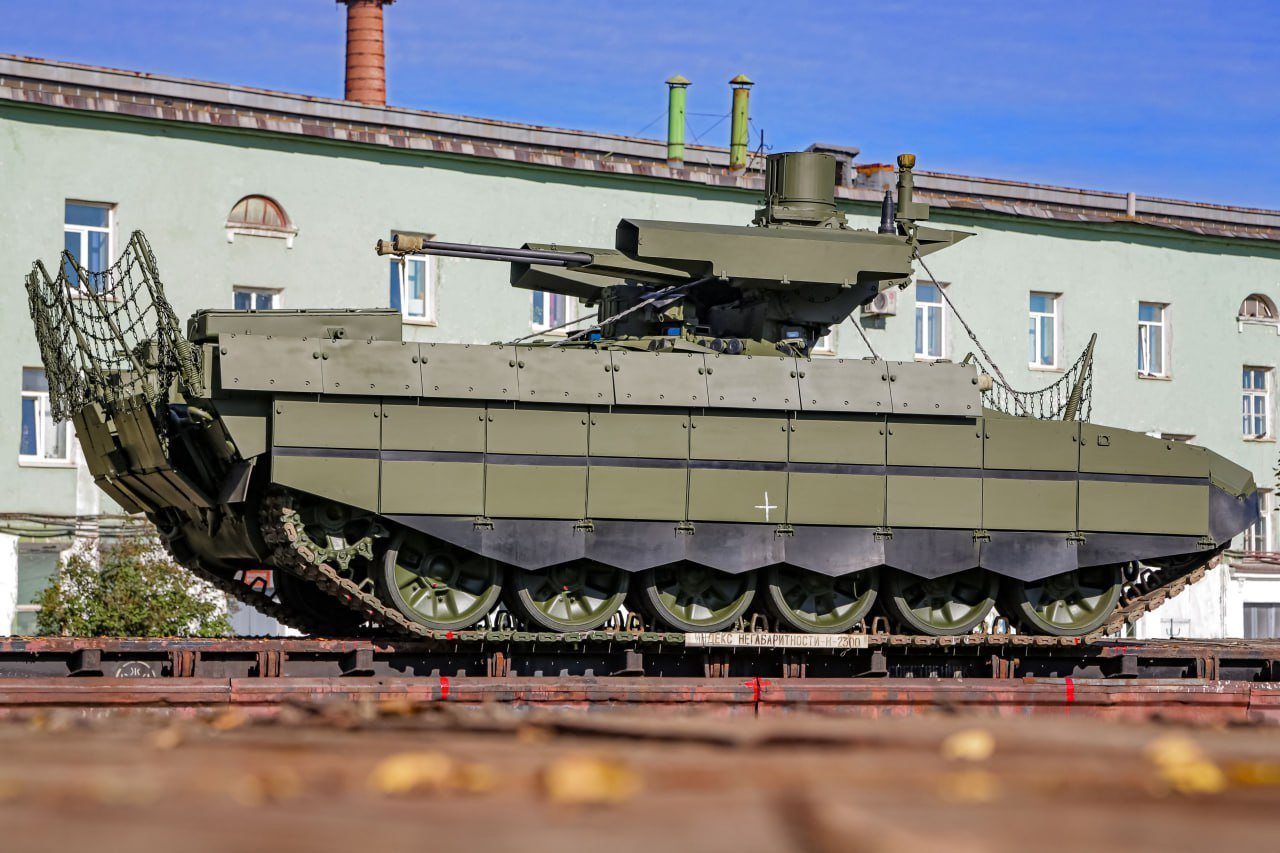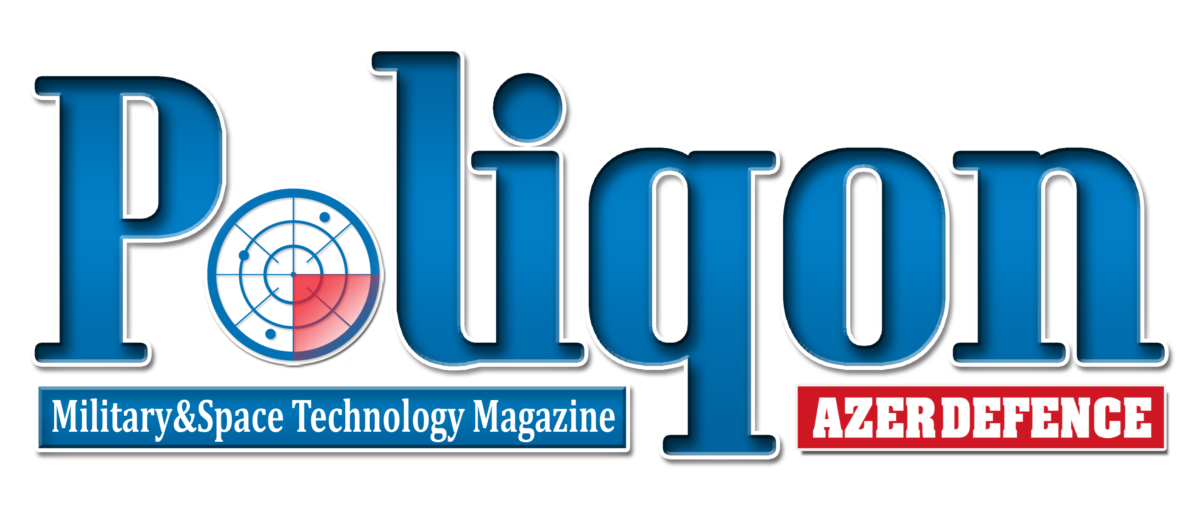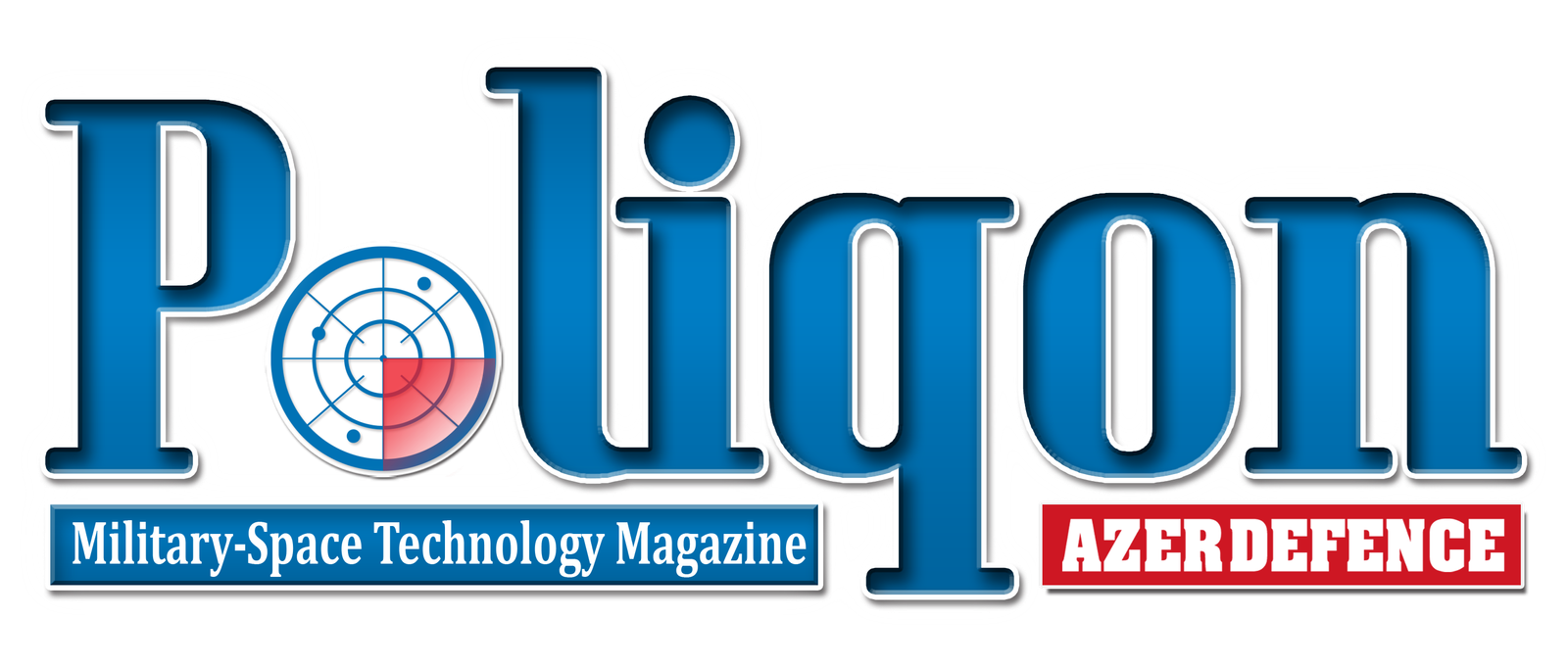
Russian Military Receives new Batch of Terminator Combat Vehicles
Russia’s defense industry has delivered another batch of BMPT “Terminator” tank support vehicles to the armed forces.
According to a statement from the state-owned Rostec conglomerate, its Uralvagonzavod plant has completed the latest delivery of BMPTs, which it described as “highly in demand” following their combat deployment. The vehicle, developed to accompany and protect main battle tanks in complex environments, has become increasingly prominent in Russian ground operations.
“Uralvagonzavod is fulfilling a large order for BMPTs — the demand for this vehicle is high,” said Alexander Potapov, general director of the Uralvagonzavod concern. “It was always believed that the main strike force of the Ground Forces was the tank. Now we can say that BMPTs have joined them.”
The BMPT — short for Boevaya Mashina Podderzhki Tankov — is a heavily armed, tracked vehicle designed to operate alongside tanks or function independently as a direct fire support platform. Initially conceived after Russian forces suffered heavy armored losses in urban combat during the Chechen wars of the 1990s and early 2000s, the system was built to deliver concentrated firepower and enhanced protection in close quarters, where tanks are often vulnerable.
The latest 2025 variant features upgraded defensive measures, including expanded dynamic protection and additional side armor, the company said. The vehicles now roll off the production line equipped with counter-drone cage armor and electronic warfare systems — measures also incorporated into Russia’s modernized T-90M Proryv and T-72B3M tanks.
The BMPT’s advanced digital fire control system enables it to engage up to three separate targets simultaneously — at varying distances and angles — both stationary and on the move, day or night. This capability, coupled with its multi-weapon configuration, allows it to suppress infantry, destroy light armored vehicles, and target fortifications that might otherwise pose a threat to tank formations.
The vehicle’s development was driven by a clear operational requirement: provide tanks with dedicated fire support capable of neutralizing infantry, anti-tank teams, and concealed threats in urban or fortified environments — missions that conventional armored vehicles often struggle to perform without heavy losses.

